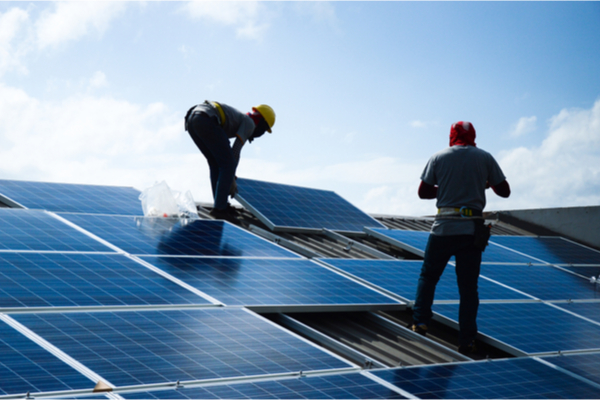Sustainable home design is a goal that’s long been sought by builders and homeowners alike. Not only does sustainable design make a house less expensive to operate, it can also help reduce carbon emissions and other environmental impacts. It’s not trendy, and evolution can be slow, but sustainability is important to help homes continue to be useful and comfortable as climate change accelerates.
Making sustainable choices for your home can run the gamut from very inexpensive, like when you’re using salvaged materials as part of a sustainable remodel, or exceptionally expensive, like fitting your whole home with a solar system. For many homeowners, the question often becomes “at what point is this upgrade not going to pay for itself?”
Although that answer will vary widely based on your local real estate market and the buyer pool your home appeals to most, experts agree that improving efficiency can improve your bottom line when it comes time to sell.
“Studies have shown that homes with energy-efficient features tend to sell for more than similar homes without these features,” says Boyd Rudy, associate broker at Dwellings Michigan in Plymouth, Michigan. “Solar panels can also add value to a home, as they can reduce or eliminate a homeowner’s electric bill. And while some sustainable choices, such as rain barrels, may not have a direct impact on property values, they can still make a home more attractive to potential buyers.”
But it’s also important to remain grounded and put yourself at the center of each sustainability decision you make. Changing out incandescent light bulbs for LEDs, for example, is an easy choice because it’s virtually painless and saves so much money. Switching a home over to be powered entirely with electricity if you live in an area that experiences a lot of difficult winters with a high chance of power outages might not be as obvious of a win for you or future buyers.
“Not everyone is willing to martyr themselves on the cross of sustainability,” says Tim Gorter, founder and principal architect of Tim Gorter Architect in Santa Barbara, California. “If a sustainable design decision makes the life of the homeowner more burdensome, many people will not value that choice. To positively impact property values, focus on sustainable design features that put money in the pocket of the homeowner every month and make their life simpler, easier, and more comfortable.”
There are never likely to be hot trends in sustainability, because changing out light bulbs and insulating an attic aren’t sexy or fun, but they do create huge ripples that impact the entire world. Starting small with sustainable choices like recycled furniture, reclaimed remodeling materials and low-water gardens in place of lawns can be great ways to think about sustainability that grows from your own home.
—
Photo Credit: lalanta71 / Shutterstock.com
